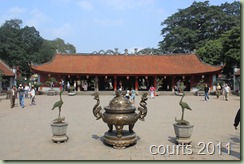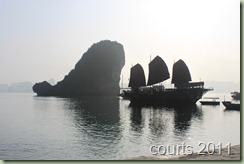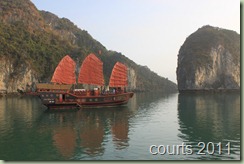I had an English teacher in my final year of high school who introduced me to The Road Not Taken by Robert Frost and it appealed to me. I figured that this could possibly be the best way to live my life, taking this road not taken however I had no idea how to find it.
This is an old post from another one of my blogs from the first time I visited Indonesia. Don't use the other blog anymore but I really like this post so thought I'd post it here.Going to Indonesia to study was a first step towards this road. I was nervous because I had no idea if I would actually like the country having spent thousands of dollars and dedicating a three year university degree to a place I knew very little about. I didn't know that I would have experiences in this country which I will treasure forever.
This blog is dedicated to one night in January 2010 where a group of ANU students tried to conquer Merbabu a 3200m volcano in Central Java.
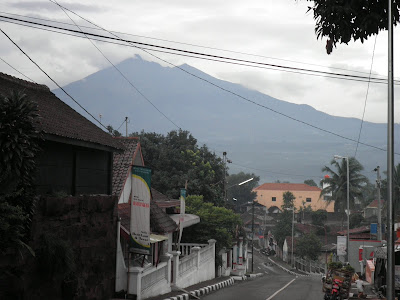 View to Merbabu from my house in Salatiga
View to Merbabu from my house in SalatigaWe set off in a rather gung ho fashion with packs and decked out in the finest camouflage gear provided to us by my host dad. We were prepared.. Well at least we thought we were..
At 9pm we began our drive to Tekelan, the village where the track up Merbabu begins, with our angkot (local bus) driving through the dark and the scent of kretek wafting through the bus, we discussed the night ahead and a number of popular TV shows. We then realised that we were completely lost. The boys decided it was easiest for us to just start from Kopeng which is a couple of kilometres from the start of the track and uphill all the way. So there we were a bunch of bules trekking through farmland (and at one stage past a cemetery) at 11pm at night, past villages which seemed deserted and onto the mountain.
I thought it would be an easy hike but it turns out that Merbabu is much steeper and rugged than I expected. For two hours we climbed past Hut 1 (There are 5 on the way to the summit) followed by Hut 2 where we found a small clearing to have a snack before pushing on to Hut 3. We realised at this stage that it was much colder than we were expecting it to be and that we might as well keep moving. The path from here got worse up to the stage when we were dragging ourselves through vines, being cut to threads by thorns and negotiating muddy slopes however we kept believing that Hut 3 was just around the corner but time after time it wasn't.
After hours of climbing, the scenery that we could see from the beams of light from our head torches changed. Suddenly there was nowhere further to climb and we were obviously above the tree line. We realised that we had most likely reached the summit and it was time to wait for the sun to come up. However by this stage we were all soaked and freezing as the wind had picked up, it was the closest I have ever felt to getting hypothermia in my entire life so we found a trench to try and get out of the wind at least and warm up a bit.
 Waiting for sunrise at the summit
Waiting for sunrise at the summit
Following a couple of hours huddled on the side of the mountain (where I even managed to get about an hour of sleep) we woke up to cloud covered mountain with visibility levels low. It was time to conquer the summit, one group started up the last few hundred metres of the track while the rest of us packed up the gear. As we moved up the track suddenly my friend said what was possibly the most soul crushing thing I have ever heard.. We climbed the wrong peak.. Sure enough as the cloud cleared a little, we saw the old phone tower and the maintenance building on top of the mountain on the opposite peak (still at a respectable 3000m) and then to add to the situation it started to sleet.
There was nothing we could do but climb through the barbed wire fence into the building to try and take some shelter from the weather and decide what we were to do next. Eventually we decided to make our way back down and head home. So we started off down the mountain slightly annoyed and slipping on patches of mud everywhere.
 Not exactly 5 star luxury for shelter
Not exactly 5 star luxury for shelter
We reached a small clearing still above the tree line and stopped for a break and then it happened, the cloud cleared and I saw what is the most spectacular thing I have ever seen. In every direction the majestic peaks of Java started to poke their heads above the clouds revealing the famed islands in the sky. Next we saw down into the valley, to the villages, the rice paddies and to Salatiga the town where we were studying. It was this moment I realised that the horrible climb up was completely worth it for this one moment, the one moment that made me love Indonesia and told me that studying Indonesian was the right choice. It lifted our spirits and the hike down was much easier (We realised that the "path" from the night before wasn't actually a track and we had just been climbing through forest for 6 hours).
 The cloud clearing
The cloud clearing
 The view from the top- Spectacular
The view from the top- SpectacularWe got to Tekelan having passed a number of villagers, farmers with their teeth stained from chewing Betel Leaf who we greeted with a Selamat Pagi (good morning) and who responded with the same or a shy smile. In the village we collapsed on the side of the road to try and figure out how we were going to get back to Kopeng where we could get a bus to Salatiga. Suddenly some of our group spotted a ute loaded with cauliflower for the market and rushed over to arrange a lift into town. So off we went in an old truck full of produce and onto a crowded bus full of locals until eventually we made it home to Salatiga at 12pm to collapse into our beds.
 Checking out the local agriculture
Checking out the local agricultureFor many days after it was easy to remember the negatives; the cold, the wind, the physical exhaustion but in retrospect it was the experience of a lifetime.
In terms of studying Indonesian In-Country I would recommend it because the experience you gain you will not find anywhere else. Unfortunately bad press and government travel warnings do turn a lot of people off studying over there which is a real shame.
So to conclude it turns out on the mountain I finally did take the road not taken, likewise in my decision to study in Indonesia, it turns out you don't find it, it finds you.
And that has made all the difference

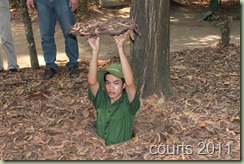
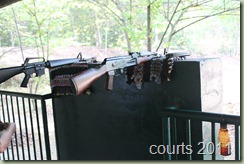
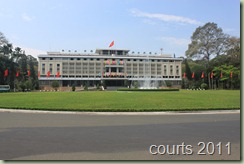
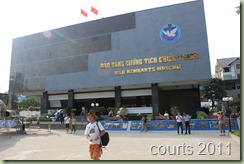


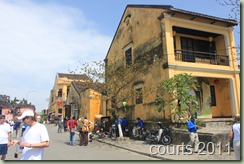



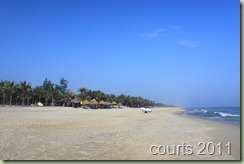
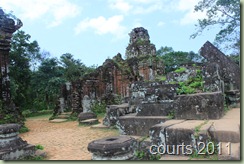
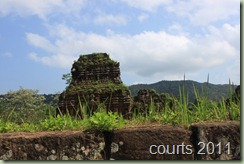
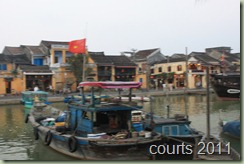
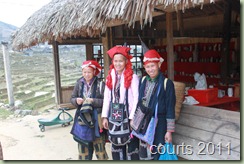
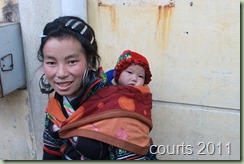
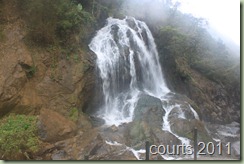
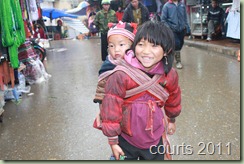
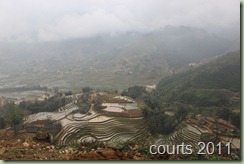
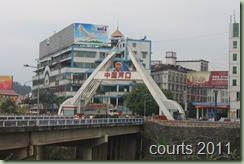
 Hanoi does not lack tourist attractions in fact I had nowhere near enough time to see them all. Places I went included Ho Chi Minh’s Mausoleum, One Pillar Pagoda, Uncle Ho’s House, various museums, Temple of Literature and the Hanoi Hilton. The Mausoleum was incredible with it’s imposing architecture and the somewhat morbid sight of Ho Chi Minh’s body for all the world to see. Still it shows the influence of socialism on Vietnam and the rich history of the place. Also Hanoi had a heap of shopping particularly in the old quarter where each street sold a different product (we were in the shoes street).
Hanoi does not lack tourist attractions in fact I had nowhere near enough time to see them all. Places I went included Ho Chi Minh’s Mausoleum, One Pillar Pagoda, Uncle Ho’s House, various museums, Temple of Literature and the Hanoi Hilton. The Mausoleum was incredible with it’s imposing architecture and the somewhat morbid sight of Ho Chi Minh’s body for all the world to see. Still it shows the influence of socialism on Vietnam and the rich history of the place. Also Hanoi had a heap of shopping particularly in the old quarter where each street sold a different product (we were in the shoes street).